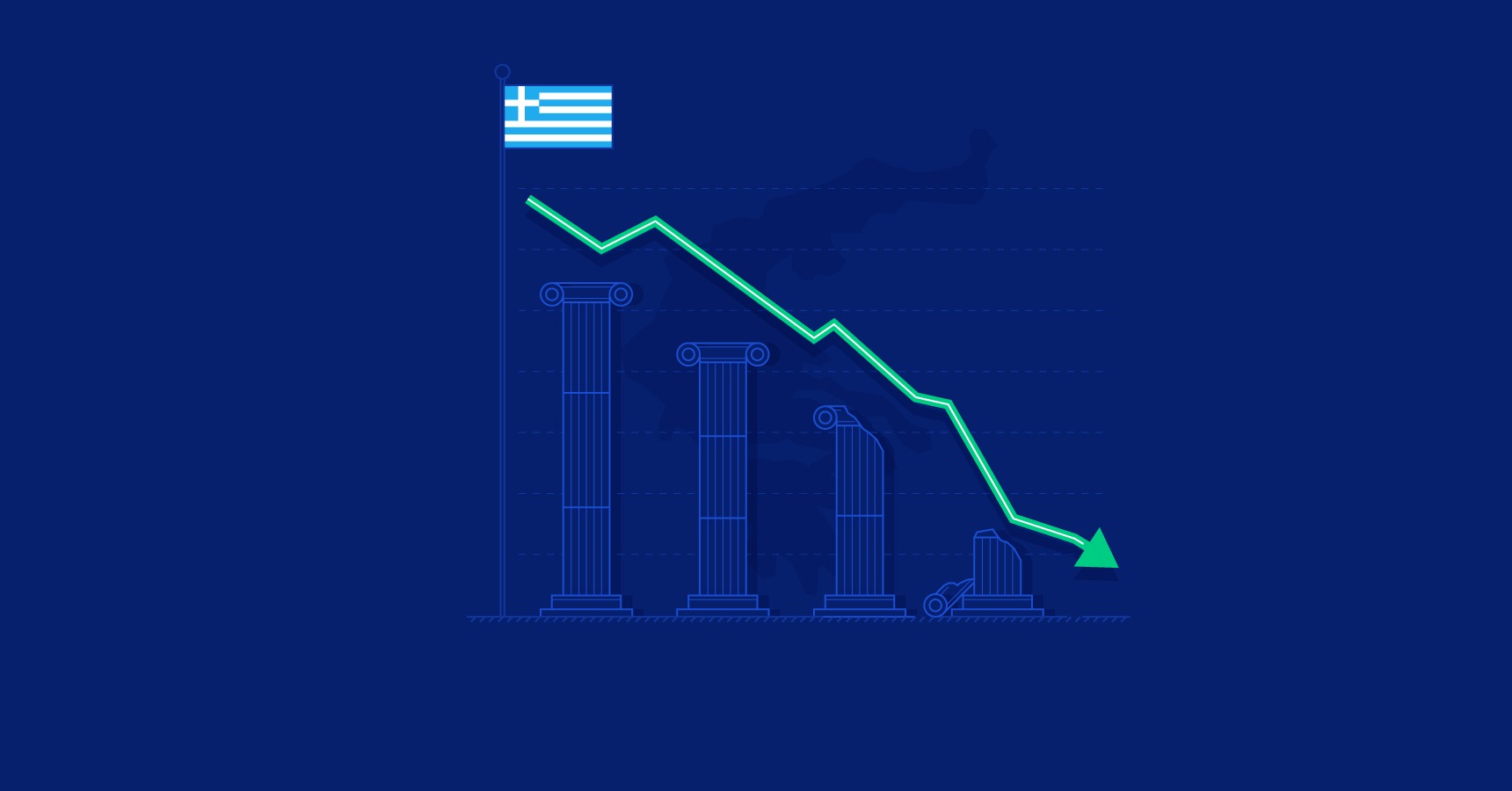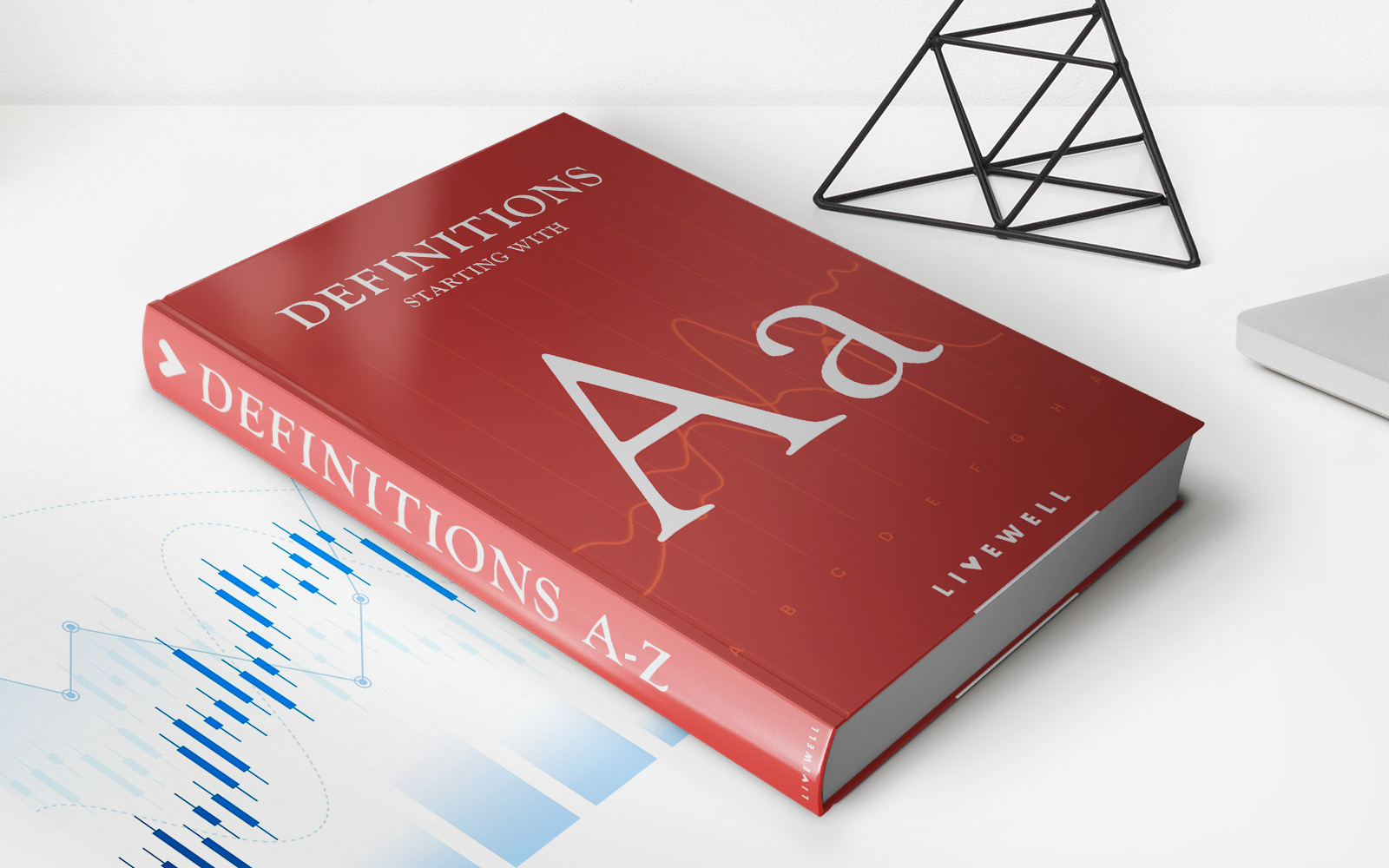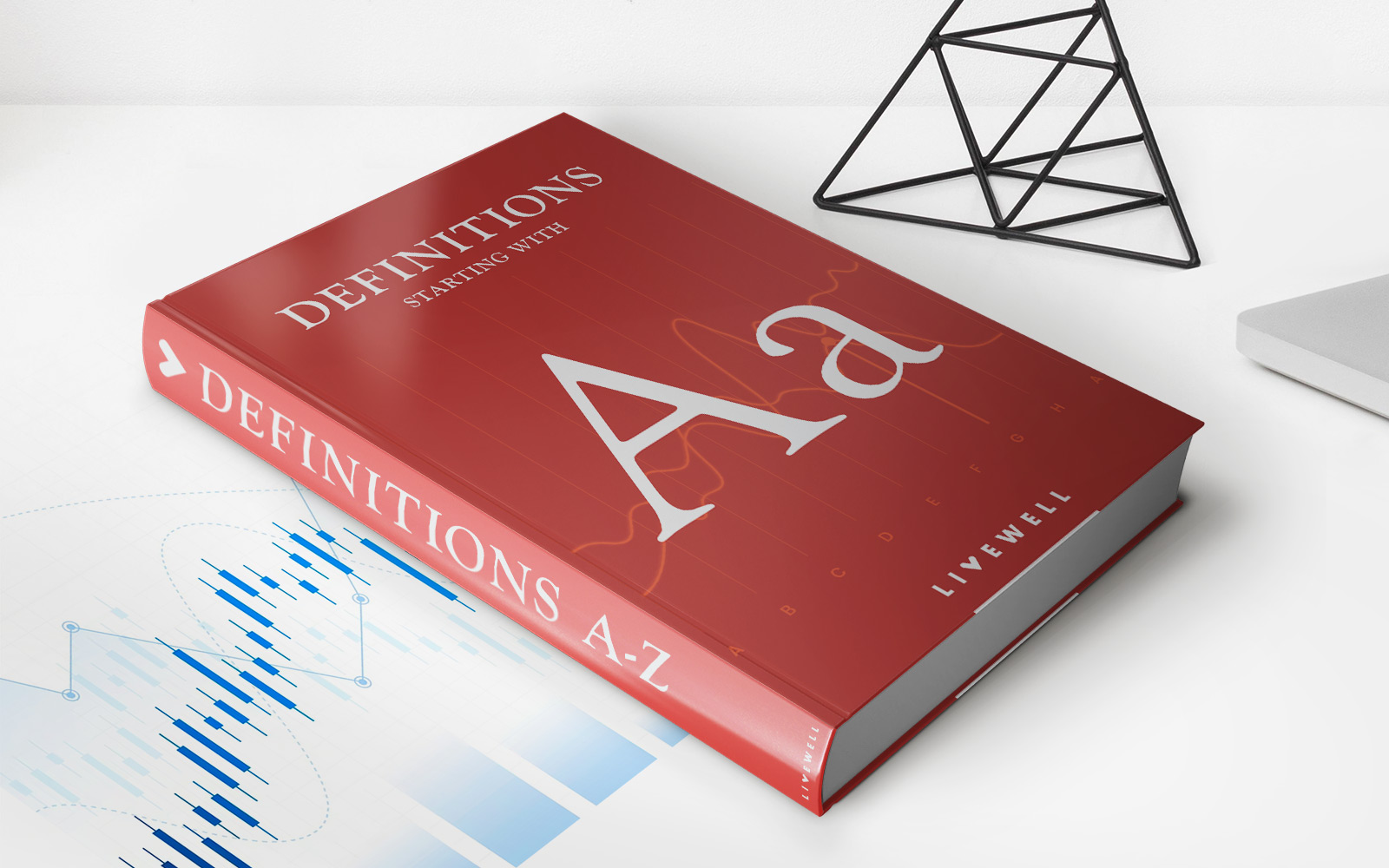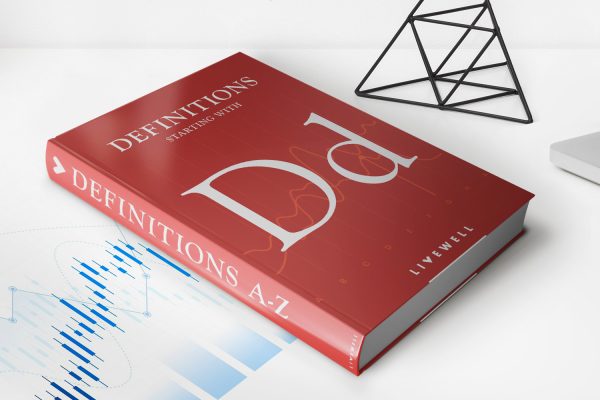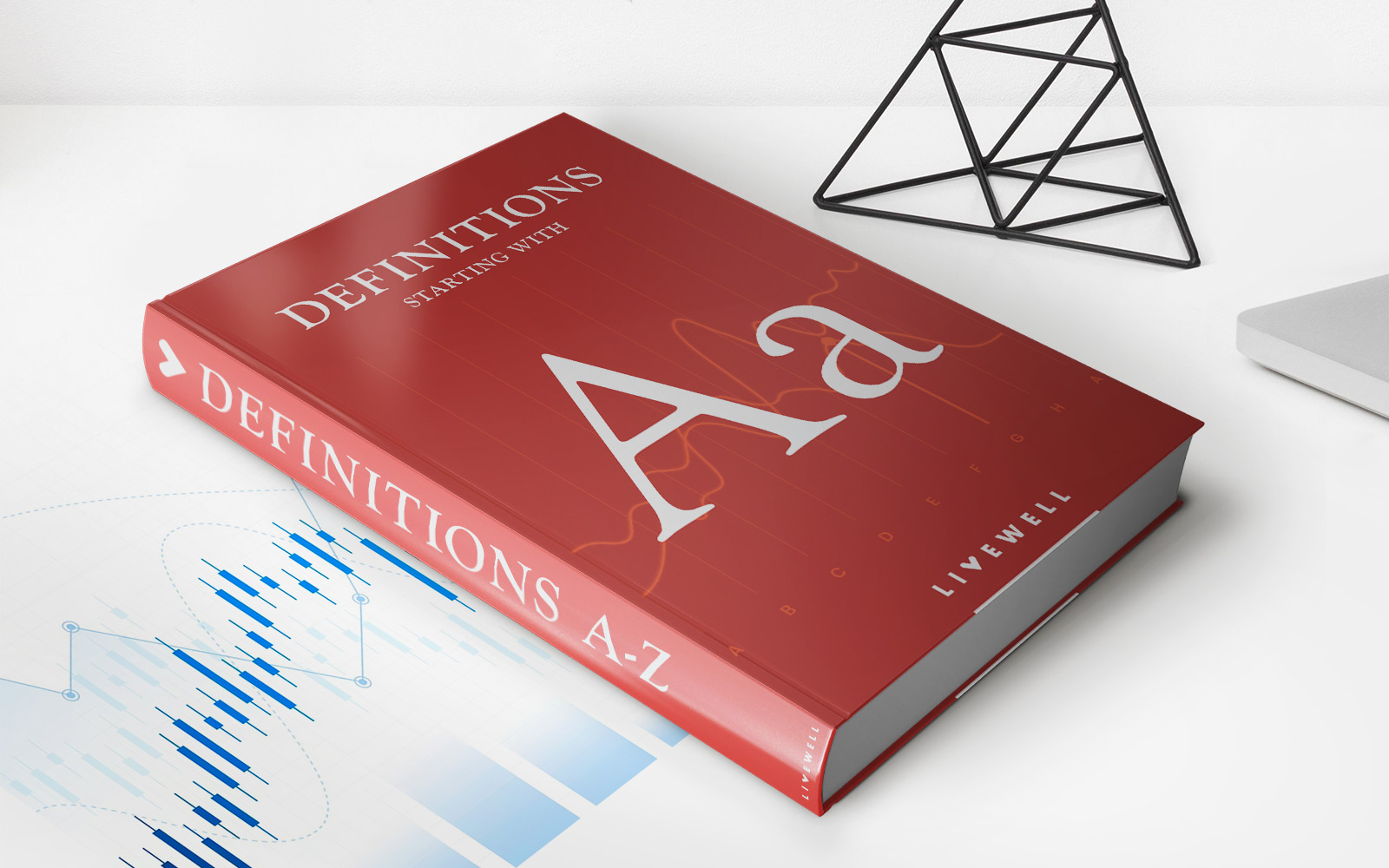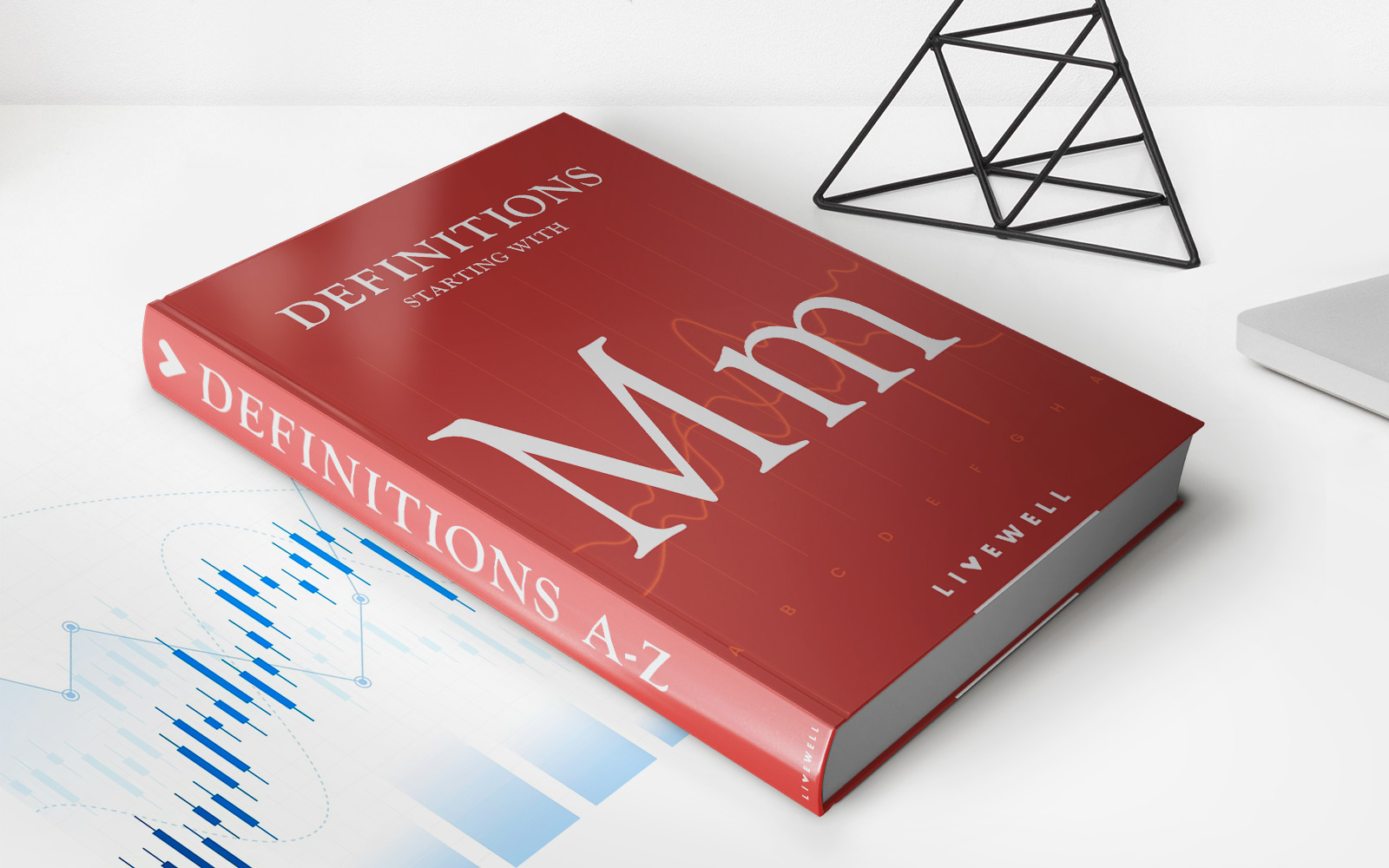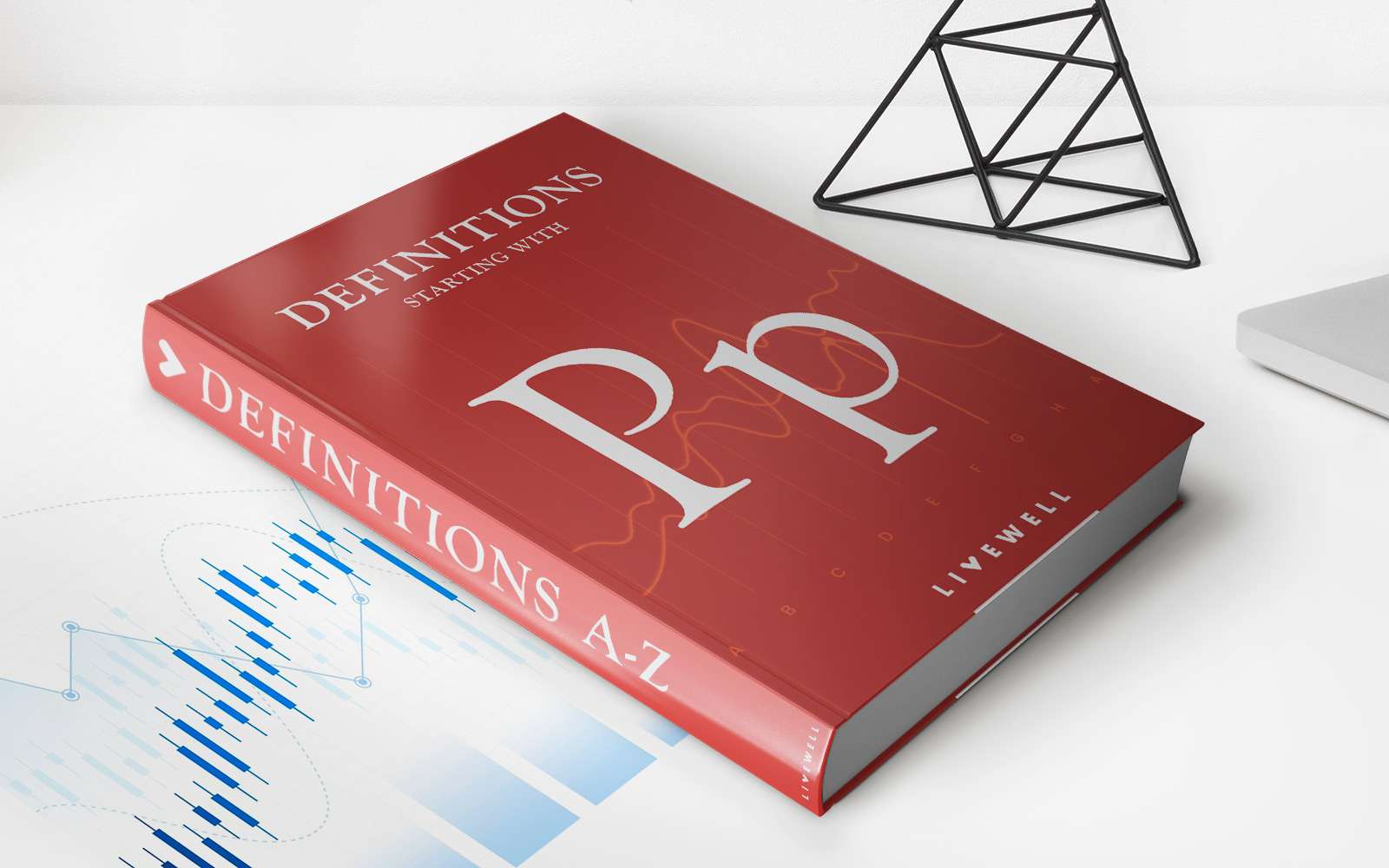

Finance
Bond Market Association (BMA) Swap Definition
Published: October 17, 2023
Learn all about Bond Market Association (BMA) Swap Definition in finance. Discover how this financial instrument works and its significance in the market.
(Many of the links in this article redirect to a specific reviewed product. Your purchase of these products through affiliate links helps to generate commission for LiveWell, at no extra cost. Learn more)
Understanding BMA Swap Definition: A Guide to the Bond Market Association Swaps
Finance is a vast and ever-evolving realm, and it’s crucial to stay updated with the latest trends and concepts. One such concept is the Bond Market Association (BMA) Swap, which holds significant importance in the financial market. In this blog post, we will dive deep into the BMA Swap Definition, its key features, and its role in the world of finance.
Key Takeaways:
- A BMA Swap is a type of interest rate swap that is governed by the rules and guidelines set forth by the Bond Market Association.
- It allows market participants to exchange a fixed-rate interest payment for a variable-rate interest payment based on an underlying securities index.
Understanding BMA Swaps
A BMA Swap is a financial contract that helps market participants manage interest rate risk. It provides them with the flexibility to exchange a fixed-rate interest payment for a variable-rate interest payment based on an underlying securities index, such as the U.S. Treasury yield curve or a specific bond index. This swap contract is governed by the guidelines and rules set forth by the Bond Market Association, an industry group representing securities dealers and banks.
Market participants typically enter into BMA swaps to hedge against or speculate on interest rate movements. By swapping their fixed-rate payments with variable-rate payments, they can protect themselves from potential losses or take advantage of favorable interest rate fluctuations. These swaps are popular among financial institutions, corporations, and institutional investors.
Key Features of BMA Swaps
BMA Swaps come with several key features that make them attractive to market participants:
- Flexibility: BMA Swaps offer flexibility in terms of the underlying securities index, giving participants the freedom to choose the index that suits their risk profile and investment strategy.
- Customization: Market participants can customize the terms of the swap contract, including the notional amount, payment frequency, and maturity date.
- Risk Management: BMA Swaps are an effective tool for managing interest rate risk, allowing participants to protect themselves from potential losses or capitalize on favorable market conditions.
- Liquidity: Being a widely used financial instrument, BMA Swaps offer high liquidity, allowing participants to easily enter or exit their positions as required.
The Role of Bond Market Association
The Bond Market Association, now known as the Securities Industry and Financial Markets Association (SIFMA), played a crucial role in setting guidelines and rules for BMA Swaps. As an industry group, it aimed to promote fair and efficient practices in the bond market. The association provided market participants with standardized documentation, best practices, and a platform to voice their concerns and suggestions.
By adhering to the guidelines set by the Bond Market Association, participants could ensure a transparent and regulated market for BMA Swaps. The association’s efforts helped foster confidence among market participants and facilitated the growth of this financial instrument.
In conclusion, understanding the Bond Market Association (BMA) Swap Definition is essential for anyone involved in the financial market. These swaps allow market participants to manage interest rate risk effectively while providing flexibility and customization options. With the guidelines set forth by the Bond Market Association, participants can engage in a fair and transparent market, fostering confidence and growth in the financial industry.

